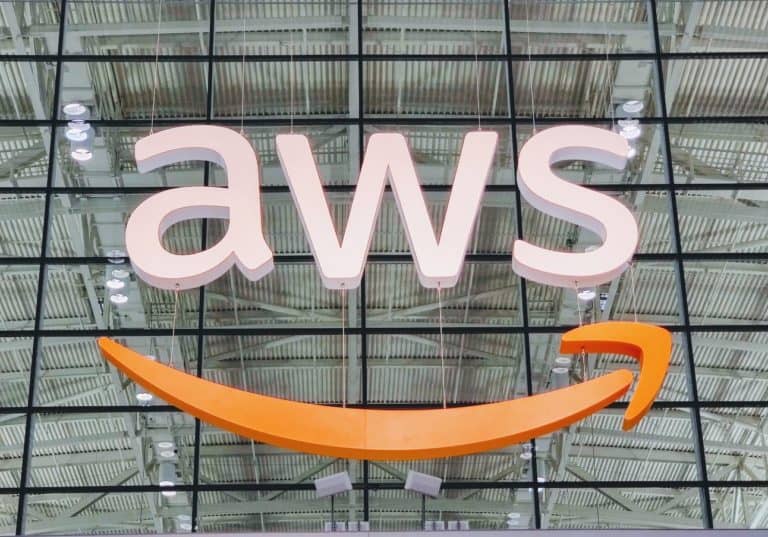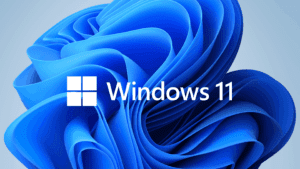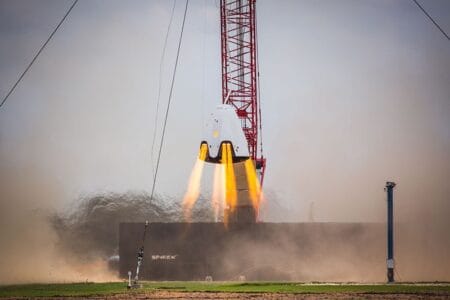Amazon Web Services (AWS) has launched a new tool to simplify the optimization of EC2 resources. It concerns EC2 Resource Optimization Recommendations.
The tool does exactly what its name suggests: it gives recommendations to optimize EC2 resources. The tool looks specifically at the use of EC2 and on that basis gives personal recommendations for finding unused and little-used instances, writes TechCrunch. For this purpose, the tool looks at the usage history, CloudWatch metrics and existing reservations.
Recommendations
When the tool finds an unused instance – which is an instance that has less than 1 percent maximum CPU usage – the tool advises to turn it off. If it finds little used instances, it suggests three different options to move to, which are probably better suited to use than the current subscription. The function works for all standard EC2 instances, but not yet for GPU-based instances. The tool is available to all AWS users and can be found under the AWS Cost Management suite.
New i3and instances
AWS made new EC2 i3 and instances available in May this year, offering a lower price per TB of storage and a higher storage density. The instances also have a higher level of network bandwidth and minstance storage to vCPU. The instances include Intel Xeon Scalable (Skylake) processors with 3.1 GHz sustained all-core turbo performance. In addition, the i3 and instances include up to 60 TB of NVMe storage and up to 100 Gbps of network bandwidth.
The instances were made available by AWS in May in the regions in the east and west of the United States and Europe (Ireland). The instances are available in On Demand and Spot form. Reserved Instances, Dedicated Instances and Dedicated Hosts have also become available via AWS.
In February, five bare metal instances for C2 appeared, intended for workloads that require direct access to the processor and underlying hardware. The new bare metal instances guarantee scalability and security.
This news article was automatically translated from Dutch to give Techzine.eu a head start. All news articles after September 1, 2019 are written in native English and NOT translated. All our background stories are written in native English as well. For more information read our launch article.


















